Complex Spine Surgery
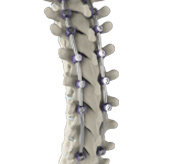
Motion Preservation Spinal Surgery
Motion preserving surgery is one of the novel surgical methods to treat painful spinal conditions and restore the movements of the spine. Read More
Minimally Invasive Spinal Surgery
Minimally Invasive Spine Surgery (MISS) uses the latest advanced technology to treat back pain and neck pain caused by a variety of spinal conditions. Read More
Brain Tumours
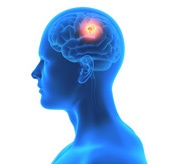
Brain and spinal cord tumours are found in the tissue inside the skull or the bony spinal column which make up the central nervous system (CNS). A tumour is a mass of normal or abnormal cells that form a new growth or is present at birth (congenital). Read More
Movement Disorder Surgery
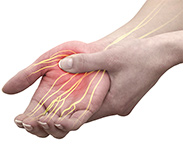
Movements are produced by an interaction between the brain, spinal cord, nerves and muscles. Damage to any of these structures can lead to disruption or loss of movement. Movement disorders are a group of neurological disorders characterized by abnormal involuntary or voluntary movements. Read More
Spinal Tumours
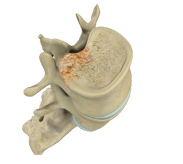
The spinal cord stretches from the base of your brain, through the backbone, to your lower back. A spinal cord tumour is an uncontrolled growth of tissue that develops within the spinal cord or surrounding bones, and can be cancerous (malignant), spreading to other parts of the body or noncancerous (benign), remaining as a stationary lump. Read More
Spinal Trauma
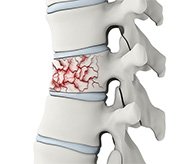
The spinal cord is a bundle of nerves that extends from the base of your brain down to your lower back. These nerves are responsible for the conduction of signals from your brain to the rest of your body to help in its various functions. Read More
- Expert Surgeons
- DEDICATED TEAM
- FULL ASSESSMENT
- MULTIDISCIPLINARY APPROACH
-
Doctor Selection
- Referral
- Online Research
- Second Opinion
-
Consultation
- Consultation
- Education
- Preparation
-
Diagnostic
- Tests and Measurements
-
Treatment
- Protocols
-
Recovery
- Program (Team Effort)








